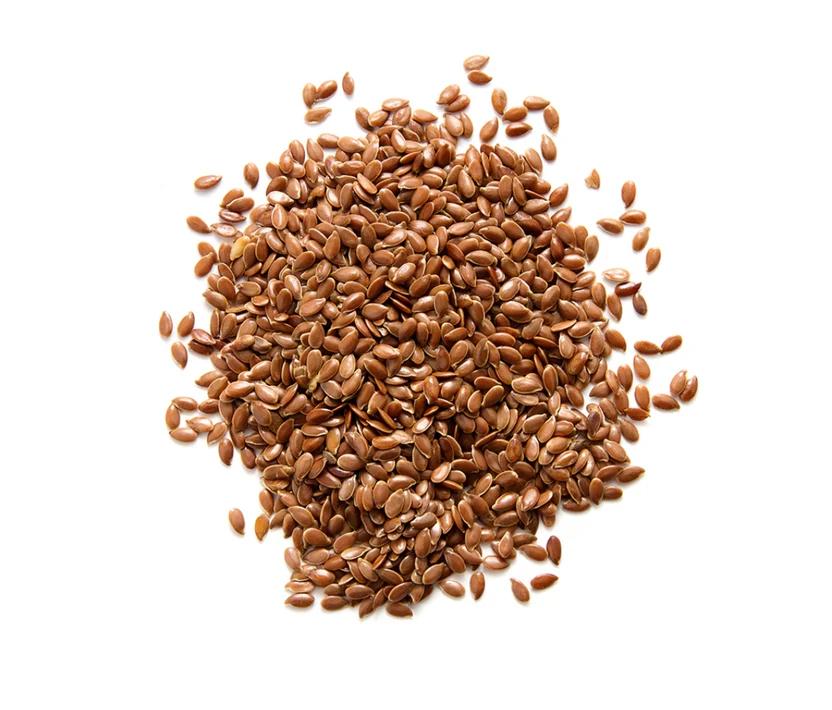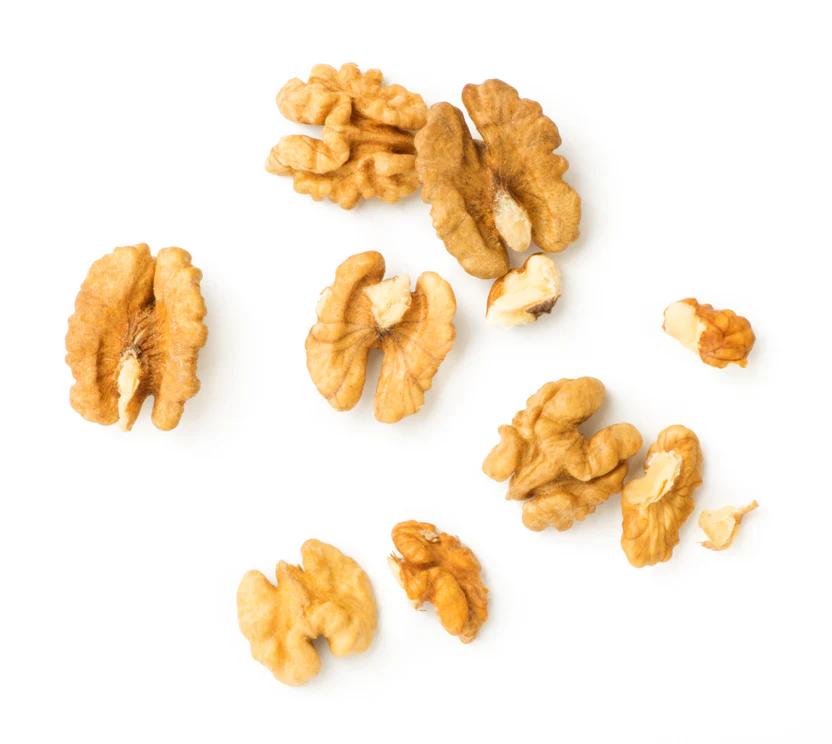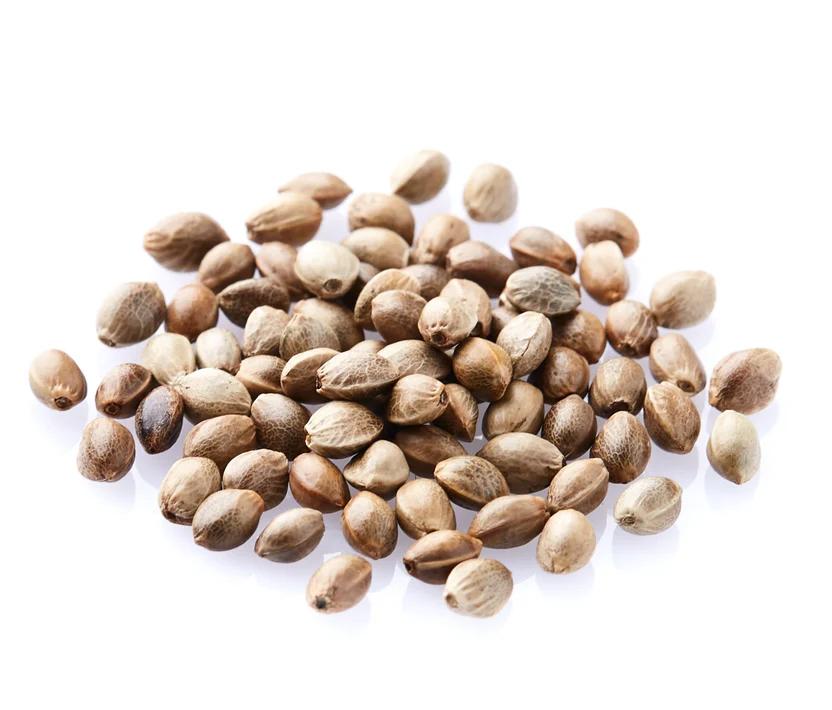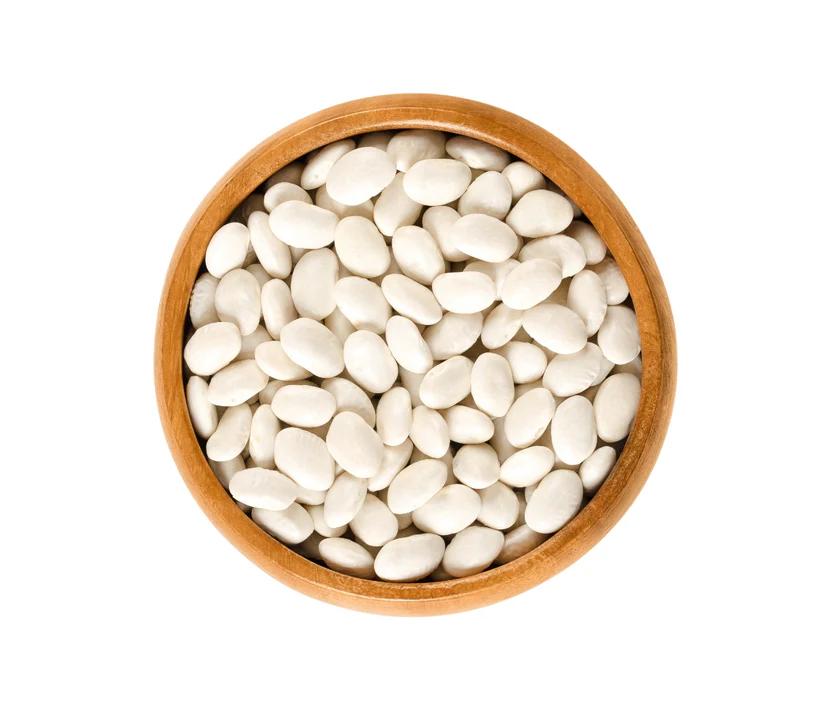Top plant-based sources of omega-3s & why you need them
It can be tricky to get enough omega-3s in your diet, especially on a plant-based diet.

What are Omega-3s?
Omega-3s are essential polyunsaturated fats that have gotten a lot of attention for the crucial role they play throughout the body. Research suggests omega-3s may help support cardiovascular health, brain health and cognition, healthy vision, and even mood. Part of what makes these fats so beneficial is their influence on membrane proteins, gene expression, and how our cells talk to each other.
Unfortunately, many of us fall short in these beneficial fats. Often, the standard American diet (or any diet that relies heavily on processed, packaged foods) is abundant in another type of essential fat—omega-6—and is relatively low in omega-3s. While we need both of these fats for optimal health, it’s all about having an optimal ratio.
Research suggests that humans evolved on a diet with an omega-6 to omega-3 ratio of around 1:1. But today, the average American’s ratio is around 16:1. Meaning many of us could benefit from strategically incorporating more omega-3s into our diet and scaling back on overly processed foods in favor of things like veggies, fruits, nuts, seeds, beans, and whole grains.
But how do you consume enough omega-3s on a plant-based diet? It’s true that fatty fish like salmon, mackerel, and sardines are the most abundant sources of EPA (eicosapentaenoic acid) and DHA (docosahexaenoic acid)— two forms of omega-3s associated with both brain and heart health benefits. But plant foods also contain omega-3s in the form of ALA (alpha-linolenic acid), which has its own benefits and is converted into EPA and DHA in the body.
The conversion rate of ALA to EPA and DHA in the body is relatively low, so it’s extra important to prioritize consuming a variety of omega-3-rich plant foods in your diet—or to cover your bases with a vegan omega-3 supplement made from algae or flax oil. Sufficient ALA intake ranges from 1.1 g per day for women and 1.6 g per day for men.
Below, we cover some of the best plant-based foods to help you hit your omega-3 quota.

6 plant-based sources of omega-3s to add to your diet
1. Flaxseeds or flaxseed oil
If you consume a predominantly plant-based diet, flaxseed oil and ground flaxseeds should be a required pantry staple. Per tablespoon, flaxseed oil contains 7.3 grams of ALA and ground flaxseed contains 1.6 grams of ALA. Ground flaxseeds are also a good source of fiber, which can support gut health and aid in digestion; and they contain several phenolic compounds, including lignans.
Try it: Flaxseed oil and ground flaxseeds will lend a subtle earthy-nutty flavor to your recipes. Cooking can break down the beneficial compounds in flaxseed oil, so use it for salad dressings, in smoothies, as a finishing oil for proteins, veggies, or grain dishes. Try ground flaxseeds in smoothies, oatmeal, yogurt, or incorporate it into baked goods like muffins and cookies.

2. Walnuts or walnut oil
Walnuts deliver more omega-3 fatty acids than any other nut, with 2.6 grams of ALA in a 1-ounce serving. Walnut oil contains a fair amount as well, with 1.4 grams per tablespoon. These brain-shaped nuts have also fittingly been associated with improvements in brain health, cognitive performance, and memory —in part, experts believe, by protecting against oxidative stress.
Try it: Sprinkle walnuts on your oatmeal, yogurt, and salads, or use them in a DIY trail mix along with some raisins and dark chocolate chips. Or use walnut oil in salad dressings or to add a deliciously nutty finish to proteins, veggies, or grain dishes.

3. Chia seeds
These tiny little seeds pack a big omega-3 punch, with 5.1 grams of ALA in a 1-ounce serving. Per serving, chia seeds also contain a whopping 10 grams of fiber (or about 40% of the daily value), which can help keep you full, stabilize blood sugar levels, and support optimal digestion.
Try it: For a tasty breakfast or snack, make chia pudding: Stir together 1 ounce of chia seeds (about 2 tablespoons) with a half cup nut milk or oat milk and a drizzle of maple syrup, then cover and refrigerate overnight. When you’re ready to eat, top with fresh fruit and nuts.

4. Hemp seeds
Hemp seeds, often sold as hulled hemp seeds or hemp hearts, contain 2.6 grams of ALA per 3 tablespoons. Per serving, they also contain 9.5 grams of protein and 210 mg of magnesium, which is about 50% of the daily value for this mineral. Low levels of magnesium have been associated with stress, so adding hemp seeds to your diet may be one of the simplest ways to support both physical and mental health.
Try it: Hemp seeds have a relatively soft texture, meaning they blend up nicely into smoothies or even soups. You can even make your own hemp milk (which is insanely easy) by blending ½ cup hulled hemp hearts with 4 cups of water.

5. Edamame
In addition to providing 18 grams of complete plant protein, one cup of cooked edamame contains 0.55 grams of ALA. Just keep in mind, edamame simply means whole young soybeans—and much of the soy grown today is treated heavily with herbicides and may contribute to deforestation. So, if you do choose to consume edamame, go for a certified organic product.
Try it: Edamame is delicious steamed and served with a little salt. Alternatively, you can add cooked edamame to noodle dishes, salads, and stir-fries.

6. Navy Beans
Navy beans (small white beans) contain 0.32 grams of ALA per cooked cup, which is more than most other beans, with the exception of soy. Per serving, navy beans also contain 15 grams of protein, 19 grams of fiber (76% of the daily value), 708 mg of potassium (20% of the daily value), and a range of other vitamins and minerals.
Try it: Incorporate hearty navy beans into side dishes (with a variety of other veggies and spices), soups, chilis, and homemade baked beans. Check out this convenient tutorial on cooking with navy beans.

The Bottom Line…
Even though seafood is the most well known source of omega-3 fats, it’s more than possible to obtain sufficient levels from plant-based sources alone. Try incorporating some of the healthy oils, nuts, seeds, and beans mentioned above—or Ka’Chava, which contains flaxseeds and chia seeds—into your diet.



